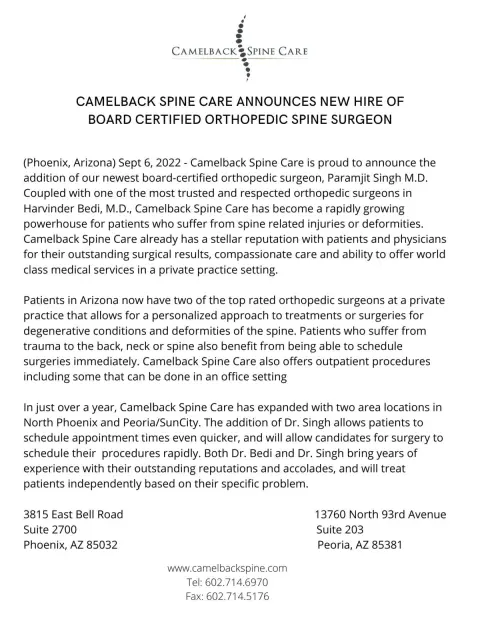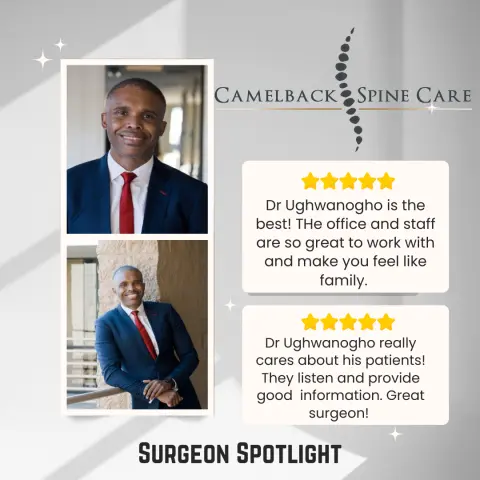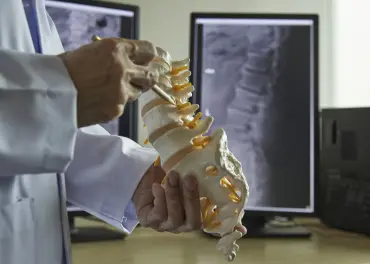At Camelback Spine Care, Dr. Harvinder Bedi and our team of spine health experts understand the challenges that come with scoliosis, and we're here to help. If you're trying to determine your next steps, here's what you should know about treating scoliosis.
Scoliosis: Many degrees of the same problem
If your child has been diagnosed with scoliosis, you likely already understand the nature of the problem, so we won't get into that here. We do, however, want to underscore the point that there are many different degrees of scoliosis, which play a significant role in dictating our steps moving forward.
Scoliosis most often becomes evident between the ages of 10 and 15, and it occurs equally in both boys and girls. Where the gender difference becomes acute is in how the condition progresses girls are eight times more likely to develop a curve magnitude that requires treatment.
The curve magnitude we're referring to is the degree to which your child's spine has curved. While we don't want to oversimplify a very complex problem, the degrees of scoliosis break out like this:
- Less than 20 degrees — a mild curve
- Between 25 and 40 degrees, a moderate curve
- More than 40 degrees, a severe curve
One of the keys to scoliosis is catching the problem in its earliest stages so that we can prevent the curvature from becoming too great.
Scoliosis treatment options
Each year in the United States, approximately 30,000 children are outfitted with a brace for scoliosis and 38,000 undergo surgery to correct the problem. To figure out which treatment path is right for your child, there are some general rules of thumb to consider, which includes your child's age and the degree of the scoliosis.
For example, if the curvature is less than 20 degrees, we recommend careful monitoring, which entails visiting us for X-rays every six months or so.
If your child has a curvature of 20-40 degrees, we may recommend bracing, especially if your child is only beginning their growth spurt. Larger curvatures in younger children can be cause for concern, as they can get worse as your child develops. Conversely, curvatures of 20-40 degrees in adolescents who’ve finished most of their growth may not need any treatment.
To put some numbers to this, only one in six children experiences a worsening curvature during their growth spurt.
If your child’s scoliosis gets up into the 40-degree range and higher, a surgical solution may be the best option. During the surgery, Dr. Bedi straightens your child’s spine and fuses the necessary vertebrae in order to reduce the curvature to less than 25 degrees.
Ultimately, the decision whether to treat your child’s scoliosis depends, in large part, on the numbers (degree of curvature and age), but numbers don’t paint the entire picture. The decision to seek treatment should be one with which you and your child are comfortable and one that takes the entire picture — the physical, mental, and emotional aspects — into consideration..
If you’d like to learn more about whether you should take steps to address your child’s scoliosis, contact our office in Sun City, Arizona, to set up a consultation.



.webp)


